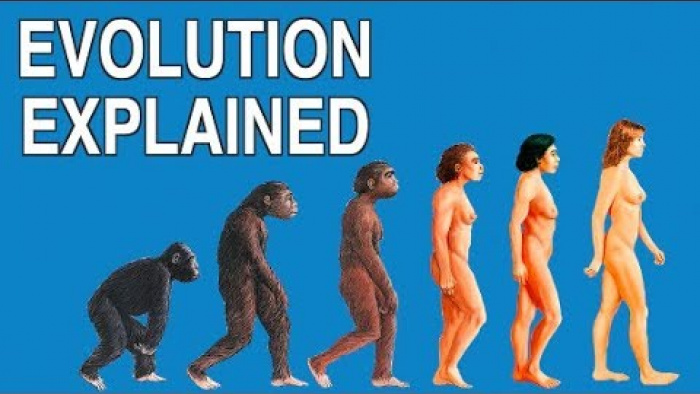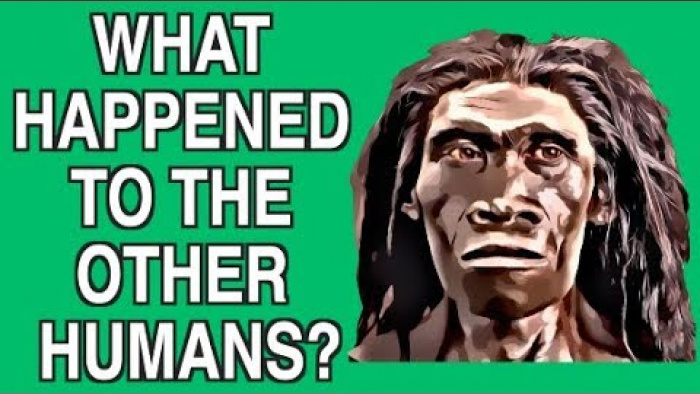Can we bring back the dinosaurs? And other extinct animals?
Anyone who has ever seen Jurassic Park has probably imagined how cool it would be if scientists could actually bring back the dinosaurs so today we’re going to explore whether that could one day be a possibility.
There are three main methods of bringing back extinct animals, cloning, genome editing and selective breeding.
Cloning:
This works by extracting the nucleus from a preserved cell from the extinct species and swapping it into the egg of the nearest living relative.
The resulting embryo can then be inserted into a relative host to bring the baby to term.
Genome editing:
A genome is an organism’s complete set of DNA. It contains all of the information needed to build and maintain that organism.
Recent, rapid advances in genome sequencing, assembly, and gene editing means it will be possible to insert relevant genes from extinct species into the genomes of their closest existing relatives.
Reproductive cells could be edited directly so that the egg and sperm produced by the existing relative species will produce offspring of the extinct species.
Or a body cell can be edited and the nucleus can be inserted into the egg of the nearest existing relative.
Because edited cells are used in this technique, the resulting individuals will be a hybrid of the extinct species and the existing relative.
Selective breeding:
Selective breeding is the process by which living relatives of the extinct species are identified and specifically mated to reproduce the traits of the extinct species.
Take the Quagga for example. This animal is an extinct zebra subspecies and it was characterised by its distinctive coat which sported the zebra stripes we all know on the front portion of its body while the rear part of the coat faded into a brown.
In order to recreate the Quagga coat pattern, zebras were identified with coat patterns that matched the characteristics of the Quagga coat pattern and they were mated with each other in order to re-create the Quagga coat pattern more strongly in the resulting offspring.
While this method recreates the traits of an extinct species, the new species will be genetically different from the original extinct species.
So now, we return to our original question, can we bring back the dinosaurs?
Well the short answer is ‘no’ because both the methods of cloning and gene editing require us to work with preserved DNA and the limit of DNA survival, needed for de-extinction, is probably around one million years or less. Dinosaurs went extinct about 65 million years ago.
But another very exciting extinct animal could be brought back, the woolly mammoth.
We have their preserved soft tissue and the DNA of this legendary great animal could allow us to insert woolly mammoth traits into elephant eggs which can then be implanted into elephant maternal hosts. Once the new woolly mammoth species is born they would be raised by elephant surrogate families.
Although the proposition is exciting there are several ethical conundrums to overcome before we can justify using the already endangered elephant species in this way.
There is not much habitat left to support the woolly mammoth and the time and resource that will be taken to resurrect this species could be better used to conserve the elephant species and other endangered species.
But despite the arguments against de-extinction, the idea remains an exciting one and scientists around the world continue to try and bring back species long gone from this world.






